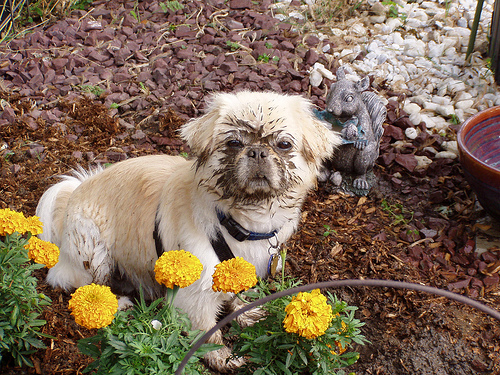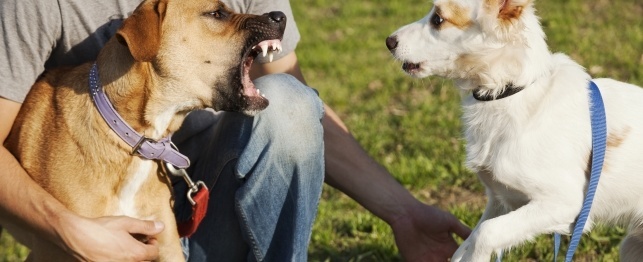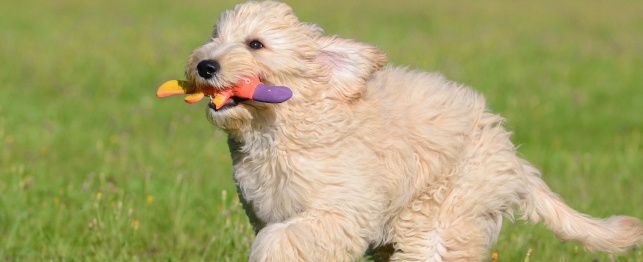Understanding dog training means, really, understanding how dogs think. There are many different methods and approaches to dog training, and many of them work equally well.
Dog training creates a kind of language that both you and your dog can understand. The dog learns what you expect. Dogs in training become anxious and nervous when they know their owners are displeased. Dogs, like children, feel safest when they have a structure, a routine, and rules to live by.
Obedience training lets your dog know what is expected of him; this creates a sense of security. It gives a dog specific tasks and expectations to meet, which gives the dog a sense of accomplishment. The best dog training takes into account the basic drives and needs of different breeds of dogs. Working breeds, for example, expect to have work to do and thrive best when working. For example, a border collie has a strong herding instinct. If "its people" spread out around the house, it can make the dog anxious. The dog may run back and forth and bark. The owner may think this is annoying or anxious behavior on the part of the dog, and that training is the answer. But the dog is simply following its basic programming. Some collie owners acquire a family of ducks for their dog to "boss around;" this satisfies the dog's herding instinct, and the ducks don't mind.
Dog training is based on what is called operant conditioning. Dogs learn to associate a stimulus with a response. A dog reacts to a doorbell because they have learned that means a stranger is approaching. A dog response to the smell of food or the sound of a can opener because he has learned to associate that with being fed. A dog learns to recognize the jingling of a leash as a signal for going for a walk.
In classic conditioning, dogs learn to relate one event with another. Some conditioned response dog training involves reward and punishment. Rewards result in behavior a dog is eager to repeat; punishment results in behavior a dog is eager to avoid. A pull on the leash or a harsh word is a punishment; a treat, a pat, or praise is a reward.

 How To Deal With Dogs That Dig
How To Deal With Dogs That Dig
Digging can be a fr
How To Deal With Dogs That Dig
How To Deal With Dogs That Dig
Digging can be a fr
 How Much Exercise Does My Dog Need?
How Much Exercise Does My Dog Need?
How Much Exercise Does My Dog Need?
How Much Exercise Does My Dog Need?
 Dog Parks and Bites: What You Need to Know
Dog Parks and Bites: What You Need to Know
Dog Parks and Bites: What You Need to Know
Dog Parks and Bites: What You Need to Know
 NILIF Behavioral Shaping For Dogs
Why You Should Consider NILIF
Do you have a stubborn, pushy
NILIF Behavioral Shaping For Dogs
Why You Should Consider NILIF
Do you have a stubborn, pushy
 Five Games That Will Delight Your Dog
Five Games That Will Delight Your Dog
Five Games That Will Delight Your Dog
Five Games That Will Delight Your Dog